Iran launches new drills to protect nuclear facilities
The Iranian military has launched new exercises in the country's western and northern air defense zones including Fordow and Khondab which host uranium enrichment and heavy water facilities.
The drills – dubbed Eqtedar or “might” in Farsi - began on Sunday in completely real battlefield environments, with the air defense force of the Army playing a central role under the command of the country's integrated air defense network, IRNA reported.
It features offensive and defensive missions by missile, radar, electronic warfare, electronic intelligence and reconnaissance units, as well as deception systems of the Iranian Army's Air Defense Force, along with the Air Force's manned and unmanned aircraft.
During the drills, the Air Defense Force will defend critical sites against simulated aerial and missile attacks.
It will also conduct reconnaissance, identification, interception, and engagement operations against mocked enemy and repel offensive assaults.
Iran Army kicks off air defense drills in the western and northern parts of the country pic.twitter.com/Edpj7fKC4k
— Press TV 🔻 (@PressTV) January 12, 2025
In the first phase of the exercises, the Air Defense Force destroyed invading unmanned aircraft using Khordad 15 and Talash systems.
It also practiced passive defense scenarios and tactical movement of defense systems, in addition to testing the mobility and fire tactics of missile systems.
Meanwhile, an aerial interception operation took place using the manned aircraft belonging to the Islamic Republic of Iran Air Force.
The exercises aim to evaluate the operational effectiveness and combat readiness of the air defense systems against potential enemy assaults.
They also seek to assess both tactical and technical performance in battlefield conditions, as well as the practice of passive defense for air defense systems.
The drills are part of nationwide exercises, the first phase of which began last week in the air defense zone of the Natanz nuclear facility under the orders of the air defense headquarters commander, national broadcaster IRIB said.
The Islamic Revolution Guards Corps (IRGC) air forces, the report said, were undertaking “an all-out point defense” of the site “against a multitude of air threats in tough electronic warfare conditions”.
IRGC spokesman Ali Mohammad Naini said the drills, which will also cover other parts of Iran until mid-March, are being conducted in response to “new security threats”.
Several branches of the IRGC, including the navy and the Basij forces, will also take part in the exercises, he added.
Last month, US news website Axios reported that White House national security adviser Jake Sullivan had presented President Joe Biden with options for a potential US strike on Iran’s nuclear facilities before January 20, when Donald Trump takes office.
Iran’s Foreign Ministry spokesman Esmaeil Baghaei lambasted the reports, saying threats against the country’s nuclear facilities are “a gross violation of international law”.
Members of Trump’s incoming administration have vowed to resume the former president’s “maximum pressure” campaign against Iran.
According to Gen. Naeini, about 30 land, air and maritime drills have commenced across six western and southern provinces and will continue until mid-March.
“The number of drills has almost doubled this year compared to last year, in response to the evolving threat landscape,” Naeini was quoted as saying on the sidelines of a press briefing in Tehran.
“These exercises are significantly larger in scope and sophistication, featuring new weaponry and expanded participation of brigades engaged in realistic operations.”
The largest maritime exercise, he said, was set to take place in the Strait of Hormuz, a strategic chokepoint through which one-third of the world’s oil supply is shipped.
“The enemy is displaying false enthusiasm while misinterpreting the situation, trying to portray the Islamic Republic as weakened,” Naeini told reporters. “Iran has been preparing for complex, large-scale conflicts and remains confident in its deterrent capabilities.”
On Friday, 110,000 members of the Basij forces marched in Tehran.
“We have considered all possible scenarios and are conducting realistic and proportionate exercises,” Naeini said. “The Islamic Republic will not initiate any war in the region but will respond decisively to any threats.”
Jewish group calls on all countries to cut off ties with Israel
Israel decimated Gaza’s entire education system: Malala Yousafzai
Iran Army to take delivery of 1,000 drones, new destroyer
US journalist schools Elon Musk on roots of Zionist entity and genocide in Gaza
VIDEO | Press TV's News Headlines
California wildfires, administrative incompetence
VIDEO | Celebrations in Port Sudan as army advances to retake city of Wad Madani from RSF
VIDEO | Hundreds march in Lisbon in protest over police raid in 'migrant neighborhood'


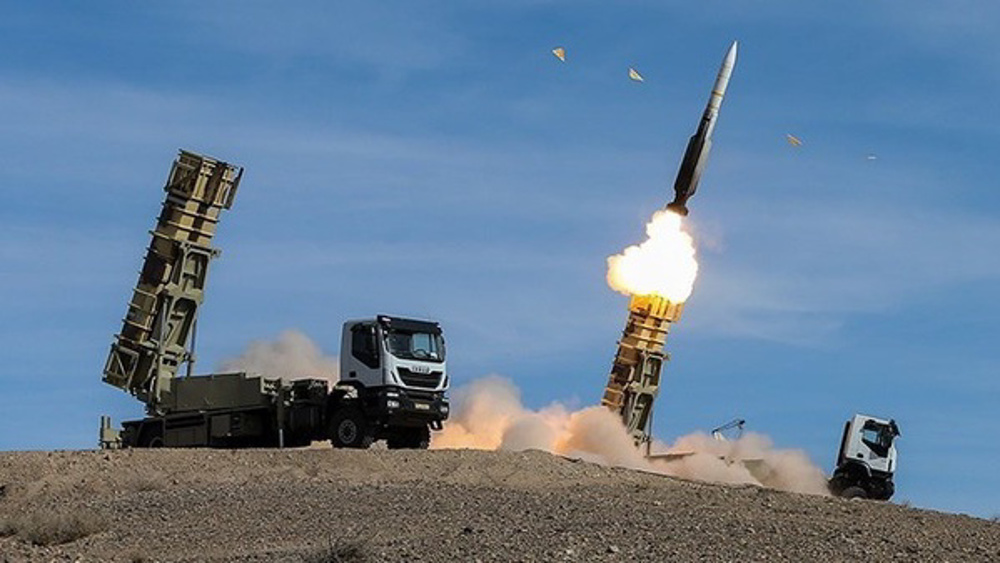
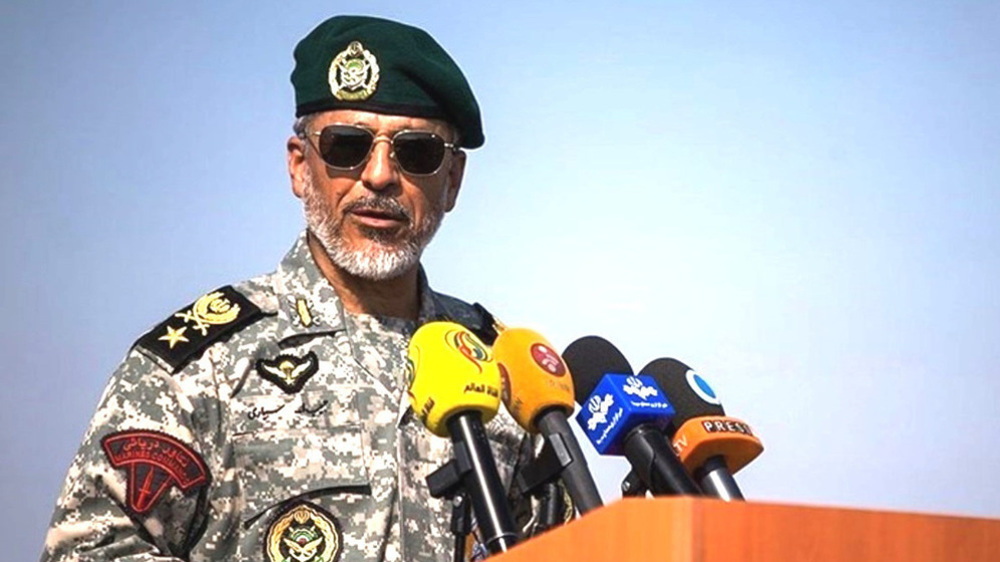
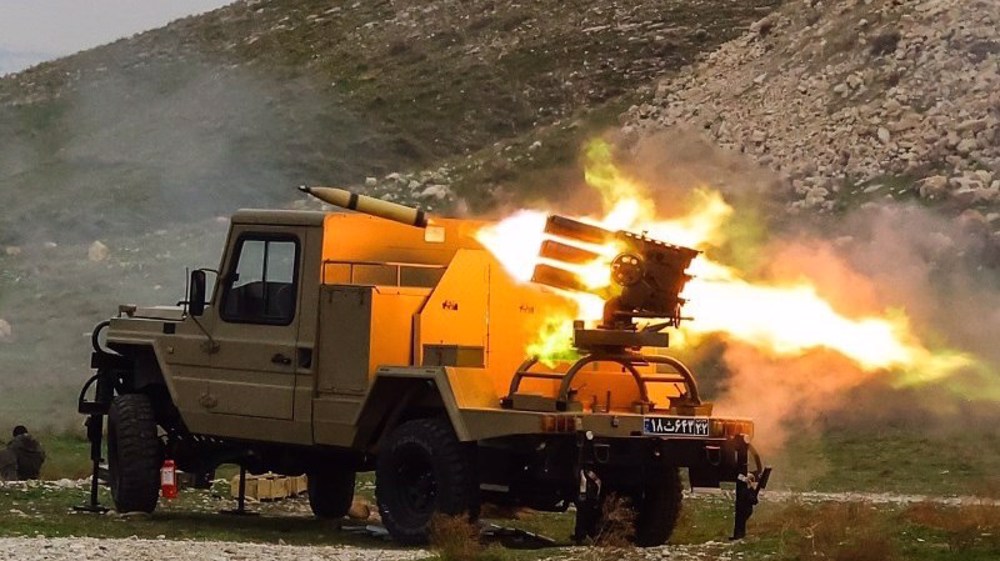
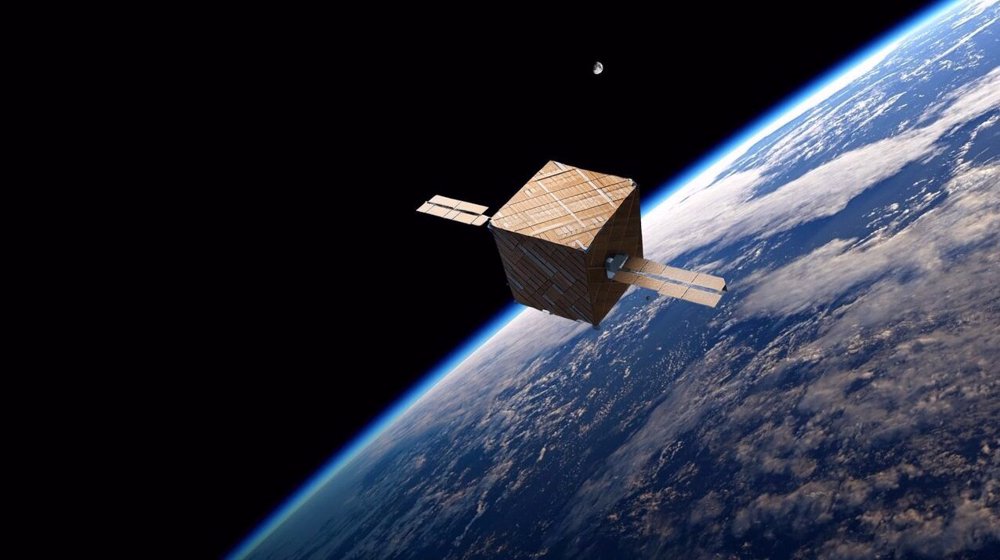



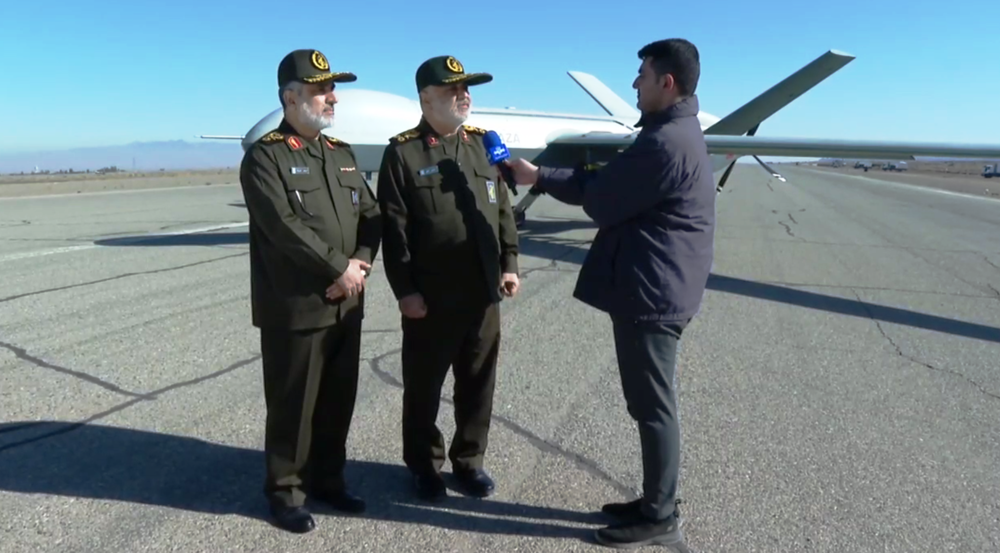
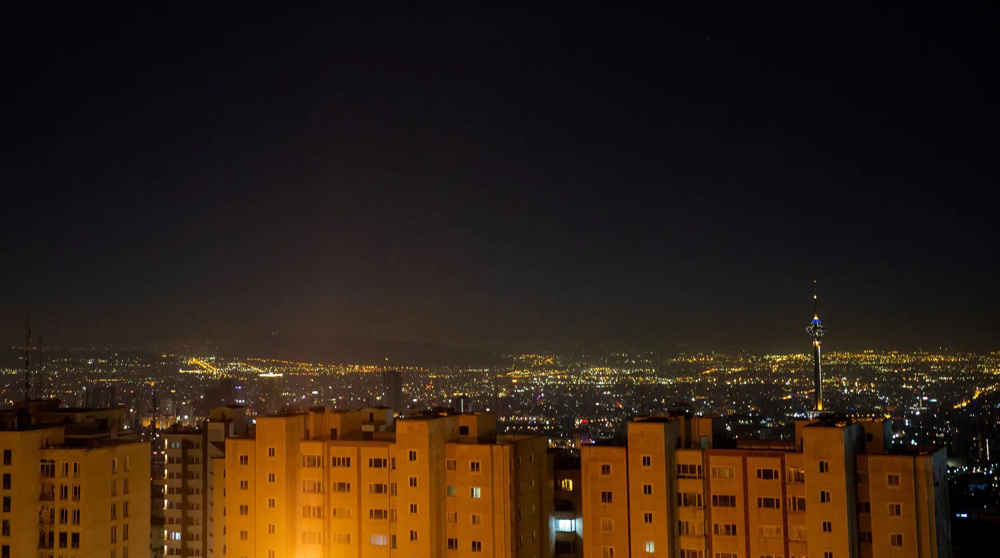
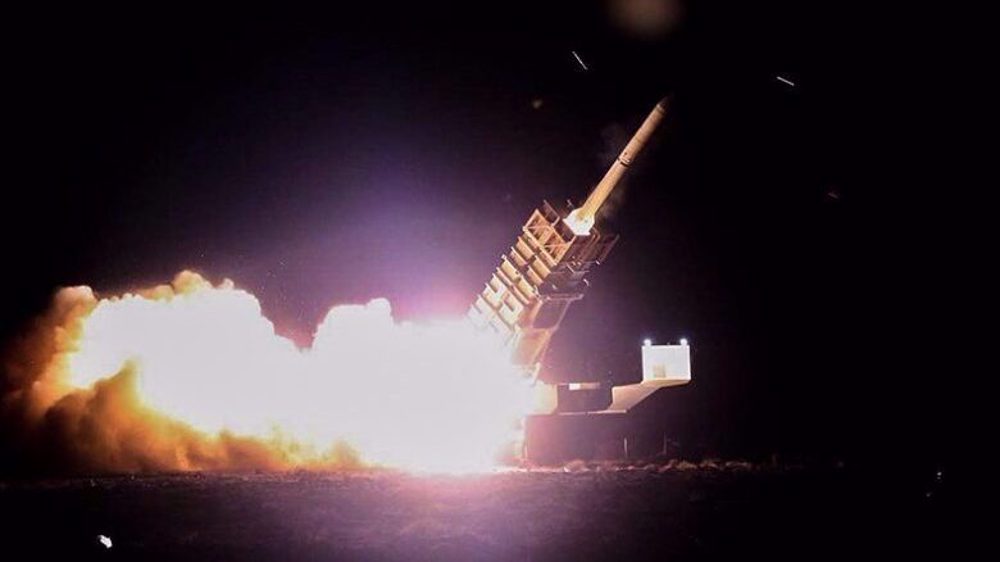

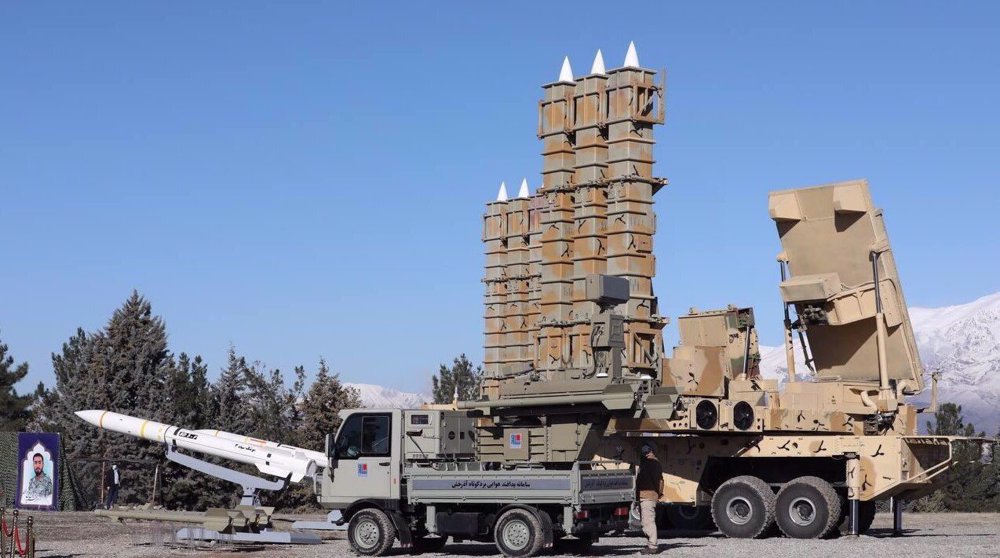

 This makes it easy to access the Press TV website
This makes it easy to access the Press TV website